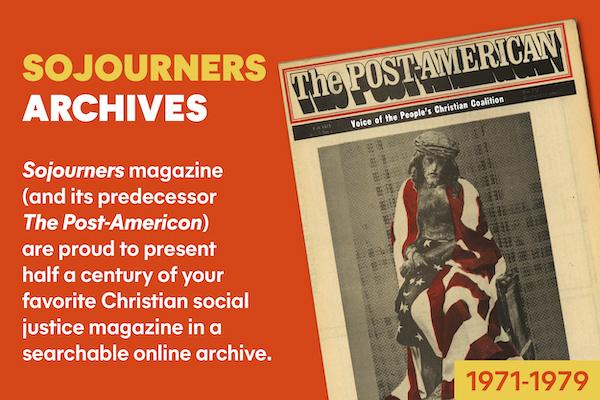The final world war lasted five days. The problems of the first, second, third and fourth worlds have been ended abruptly. Now there are only two worlds. One is the above ground nuclear desert over the ruins of Phoenix, Arizona. It is inhabited by brutal nomads, mostly young males, who showing an amazing lack of foresight, kill their women after using them. There are few very young or old people. The young men must be the product of a time when there were more women around, although things must have been brutal even then. None of the survivors actually knows his parents or has any sense of family. The new residents of Phoenix are dressed Arab-style in makeshift pieces of the synthetic fabrics of suburban America. An end-time sheik rules a roving band of young barbarians in some dead matron’s drapes.
All that remains of Western culture are pornographic movies and an educated dog with some memory of history. Ultimately, a talking dog who is both beast of prey and loyal comrade is easier to accept than its violent human counterparts.
Beneath the ruins of Phoenix lies the prosperous underground city of “Topeka Kansas,” a place the American elite prepared for themselves to carry on American middle-class values after the death of the rest of the world. This underground society is “nice.” The natives have little white clown faces with permanent smiles painted over their subterranean pallor. The town has the feeling of Disneyland at night. Adventures are staged marking various events in American history and nothing is threatening except thinking anything the directors don’t like, in which case you are eliminated. The decisions of the directors are given in a little white chapel with background organ music to give the procedure a vague religious overtone.
Read the Full Article

